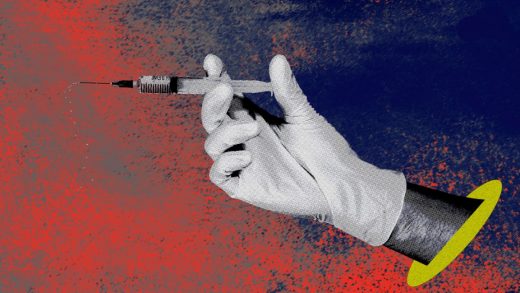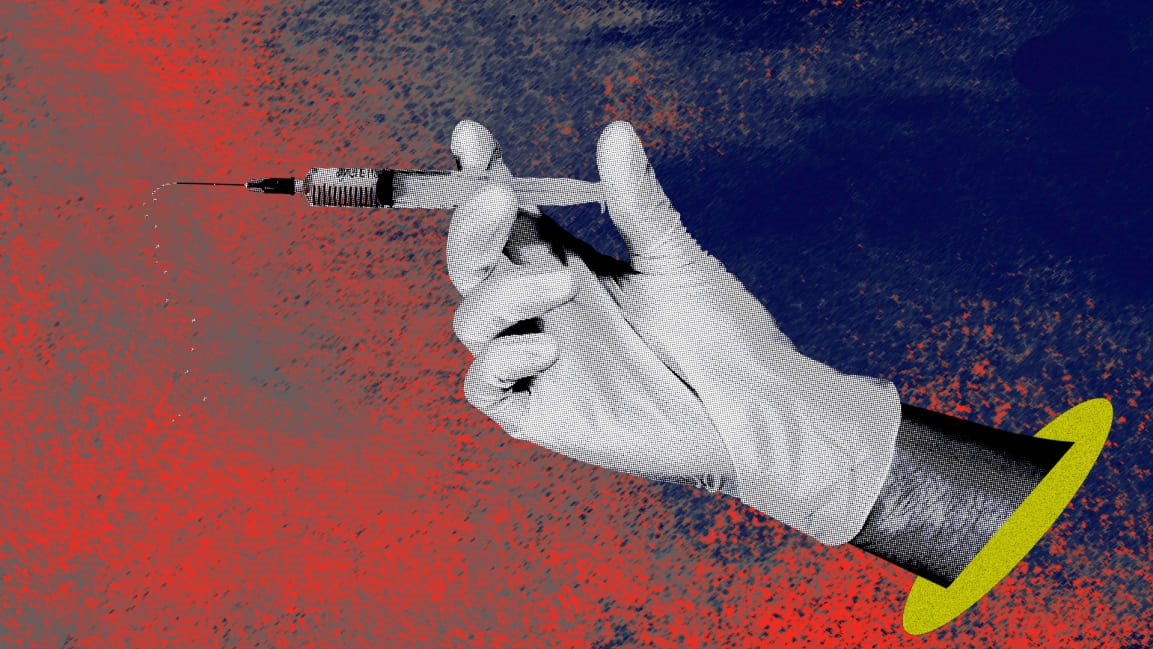Fear of delta variant surges, hospitalizations, and death drove more people to get vaccinated
Fear of wild surges in COVID-19’s delta variant this past summer was the biggest catalyst for new vaccinations, according to a report from the Kaiser Family Foundation.
In a recent survey conducted by the foundation, 72% of American adults self-reported that they were at least partially vaccinated against COVID-19—up from 67% in late July. And of those who were vaccinated after June 1, a large chunk (39%) cite the uptick in COVID-19 cases brought by the highly contagious delta strain as a major factor in their decision.
While that was the most common driver for new inoculations, the full breakdown of reasoning presents an intriguing window into human psychology: Fear—of disease, hospitalization, and death—proves once again to be the strongest motivator. Aside from the surges in delta infections, the second and third oft-cited factors were worries about the overflow of COVID-19 patients in local ERs and ICUs (38%) and learning of a family member, friend, or acquaintance who fell seriously ill or died from COVID-19 (36%).
Beyond that, 35% said they received a vaccine because they wanted to take part in activities that required it, such as going to gyms, music concerts, or sports games, or to travel across borders.
Perhaps unsurprisingly, those self-centric motivators were much more effective than any external forces. Only 19% said they were persuaded to get the vaccine by family, friends, or social stigma, and a meager 7% cited a financial incentive from their employer as a major factor, demonstrating what many analysts have already mused—cash rewards just don’t work.
Ultimately, it all makes sense: “Nothing motivates people to get vaccinated quite like the impact of seeing a family member, friend, or neighbor die or become seriously ill with COVID-19, or to worry that your hospital might not be able to save your life if you need it,” Drew Altman, KFF’s president, said in a statement. “When a theoretical threat becomes a clear and present danger, people are more likely to act to protect themselves and their loved ones.”
The United States has struggled to lift flattened inoculation rates in recent months. According to KFF, of those who are still unvaccinated, 7% are waiting to decide, 4% would only get the vaccine if required for work or school, and 12% will “definitely not” get it.
Similar percentages of adults now report being vaccinated across racial and ethnic populations. The deepest division exists across party lines, with 90% of Democrats having received at least one dose compared to 58% of Republicans.
(30)



